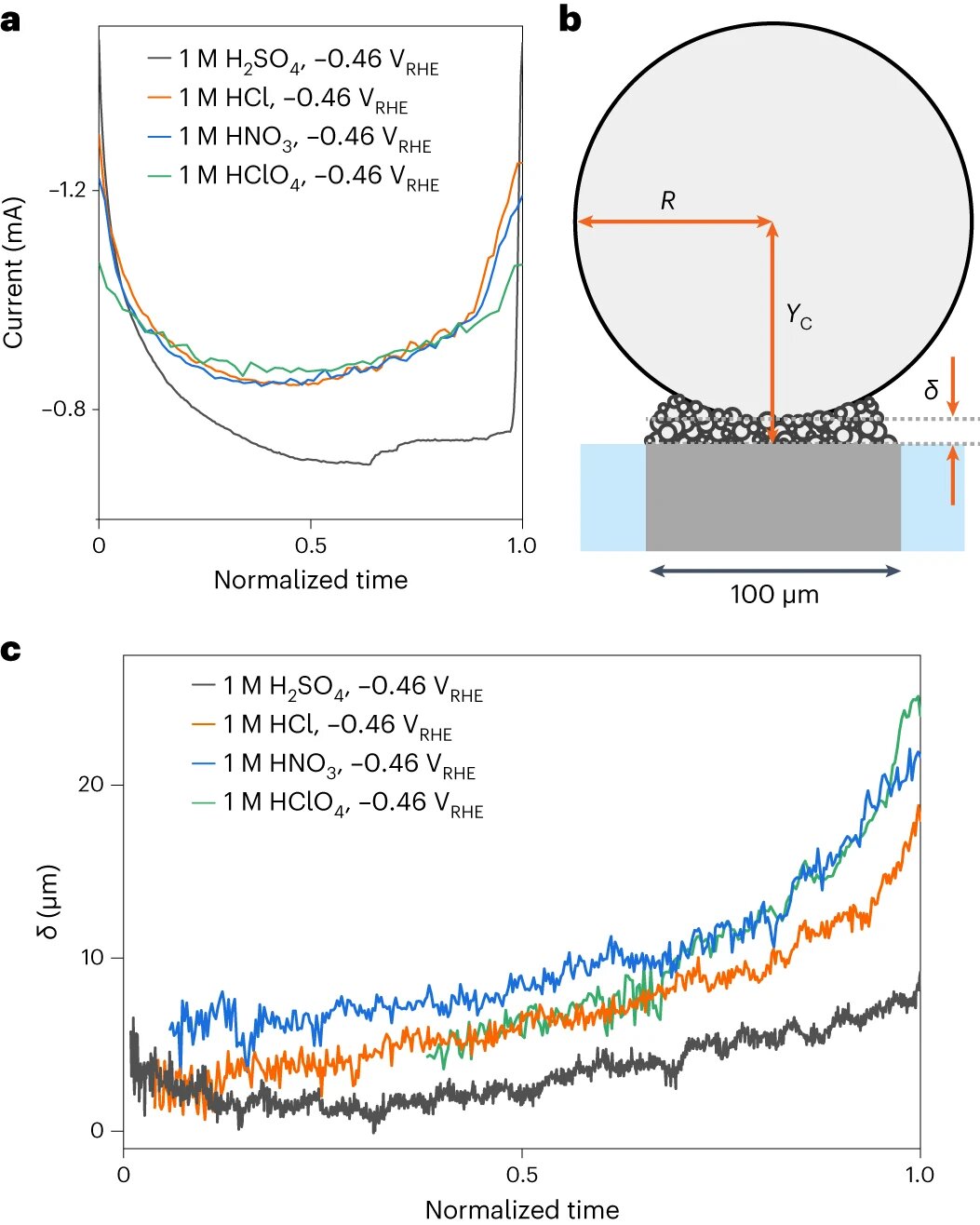Prepare to be amazed by the groundbreaking research conducted by scientists on the interface between two liquids. They delved into the mysterious force known as interfacial tension and used numerical simulation to unravel its secrets. This study not only enhances our understanding of interfacial fluid dynamics but also opens up a world of potential applications in various fields, from oil recovery to medical advancements.
Prepare to be amazed by the groundbreaking research conducted by scientists on the interface between two liquids. They delved into the mysterious force known as interfacial tension and used numerical simulation to unravel its secrets. This study not only enhances our understanding of interfacial fluid dynamics but also opens up a world of potential applications in various fields, from oil recovery to medical advancements.
Get ready to have your mind blown by the incredible findings published in the Journal of Fluid Mechanics.
In the interface between two fluids, scientists consider diffusion to be important in a completely miscible or fully mixed system. By contrast, oil and water are examples of immiscible liquids, that do not mix well together. Scientists have considered interfacial tension to be important in a completely immiscible system. However, even in a completely miscible system, if the mixing process is slow, a force such as interfacial tension is expected to act. This is called effective interfacial tension.
Hold on tight as we dive deeper into the fascinating world of interfacial fluid dynamics. Scientists have discovered a monotonic relationship between the flow strength and the hydrodynamic instability of the interface. The stronger the flow, the greater the hydrodynamic instability. Recent experiments have shown a break in this relationship, but the mechanism behind it remains a mystery.
“We knew we had to uncover the mechanism behind this phenomenon to advance the field of interfacial fluid dynamics,” said Ryuta X. Suzuki, an assistant professor at the Tokyo University of Agriculture and Technology.
Prepare to be amazed by the groundbreaking research conducted by scientists on the interface between two liquids. They delved into the mysterious force known as interfacial tension and used numerical simulation to unravel its secrets. This study not only enhances our understanding of interfacial fluid dynamics but also opens up a world of potential applications in various fields, from oil recovery to medical advancements.
The research team embarked on a journey of discovery using numerical simulation to investigate the effect of effective interfacial tension on the flow in the mixing process of two solutions. They focused on the weak interfacial tension, or effective interfacial tension, that occurs between two liquids until they completely mix. Their attention was drawn to a fascinating phenomenon called viscous fingering, where the interface spreads in a finger-like shape due to the difference in viscosity between the two fluids. Viscous fingering, also known as Saffman-Taylor instability, is a fundamental yet elusive interfacial instability.
Hold on tight as we dive deeper into the fascinating world of interfacial fluid dynamics. Scientists have discovered a monotonic relationship between the flow strength and the hydrodynamic instability of the interface. The stronger the flow, the greater the hydrodynamic instability. Recent experiments have shown a break in this relationship, but the mechanism behind it remains a mystery.
Prepare to be amazed by the groundbreaking research conducted by scientists on the interface between two liquids. They delved into the mysterious force known as interfacial tension and used numerical simulation to unravel its secrets. This study not only enhances our understanding of interfacial fluid dynamics but also opens up a world of potential applications in various fields, from oil recovery to medical advancements.
The team’s numerical simulation yielded astonishing results that challenged the conventional wisdom. It overturned the assumption that hydrodynamic instability at the interface increases, causing the finger width to decrease, as the flow velocity increases. Their work shed light on the mechanism behind this phenomenon. “In particular, the results of the present study overturned the assumption that the flow strength and instability vary monotonically,” said Manoranjan Mishra, a professor at the Indian Institute of Technology, Ropar.
Prepare to be amazed by the groundbreaking research conducted by scientists on the interface between two liquids. They delved into the mysterious force known as interfacial tension and used numerical simulation to unravel its secrets. This study not only enhances our understanding of interfacial fluid dynamics but also opens up a world of potential applications in various fields, from oil recovery to medical advancements.
“This groundbreaking discovery suggests that we can control hydrodynamic instability at the interface through effective interfacial tension and flow velocity. It paves the way for future experimental, numerical, and theoretical studies on controlling viscous fingering with effective interfacial tension,” said Suzuki.
Hold on tight as we dive deeper into the fascinating world of interfacial fluid dynamics. Scientists have discovered a monotonic relationship between the flow strength and the hydrodynamic instability of the interface. The stronger the flow, the greater the hydrodynamic instability. Recent experiments have shown a break in this relationship, but the mechanism behind it remains a mystery.
Prepare to be amazed by the groundbreaking research conducted by scientists on the interface between two liquids. They delved into the mysterious force known as interfacial tension and used numerical simulation to unravel its secrets. This study not only enhances our understanding of interfacial fluid dynamics but also opens up a world of potential applications in various fields, from oil recovery to medical advancements.
The team believes that their discovery is a game-changer that will revolutionize the field of enhanced oil recovery processes. They also foresee important applications in medical research, particularly in understanding the relationship between gastric acid and gastric mucus. This study has the potential to shape the future of medicine.
“While viscous fingering has been studied since the 1950s, this research is academically valuable because it is a decisive result that overturns the conventional wisdom that there is a monotonous relationship between flow strength and interfacial hydrodynamic instability,” said Suzuki. The team is excited about the future and hopes that their work will inspire further experimental, numerical, and theoretical studies on controlling viscous fingering with effective interfacial tension.








